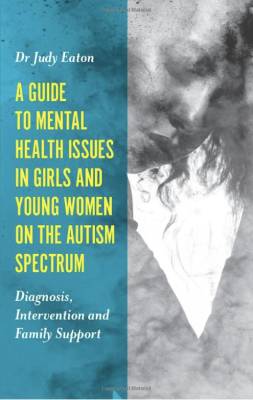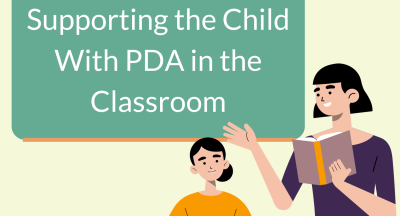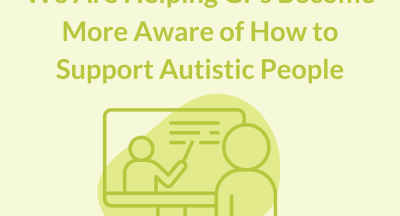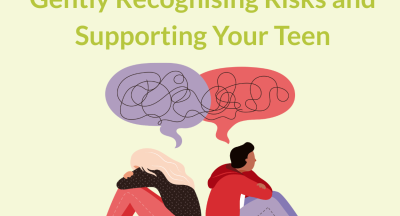This article is equally applicable to both boys and girls. In the course of many years of clinical experience I have learned that boys can be just as good as girls at ‘masking’ their difficulties (particularly those who have the Pathological Demand Avoidance profile).
Way back in the early 2000’s I remember when the National Autism Plan for Children (NAPC) guidelines were developed to assist clinicians in the assessment and diagnosis of children with Autism. These guidelines were followed some years later by the NICE (National Institute of Care and Clinical Excellence) guidelines.
The guidelines recommend that any assessment should start within three months’ of a referral being made. However, this is usually not the case. In 2015 the National Autistic Society carried out a survey of parents who had been through the diagnostic process in the UK. This survey found that the majority of parents were aware that their child had a difficulty from a very early age. The average wait time between parents first noticing a problem and getting a final diagnosis, was reported to be around three and a half years!
The NICE guidelines also recommend that every child who receives a diagnosis should be given a personalised plan, an allocated key worker and ‘the opportunity to take part in age-appropriate psychosocial interventions’.
This clearly is not the case for the majority of young people. Parents often report that they have tried to access support for their children from their local Child and Adolescent Mental Health Services (CAMHS) without success. Some state that they have been told that their child is not presenting with ‘serious’ enough difficulties and that teams only have capacity to see children with very significant mental health issues. The trouble is, that without any post-diagnostic support, children and young people can go on to develop more serious problems.









